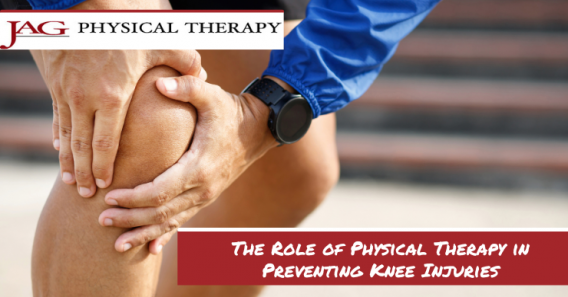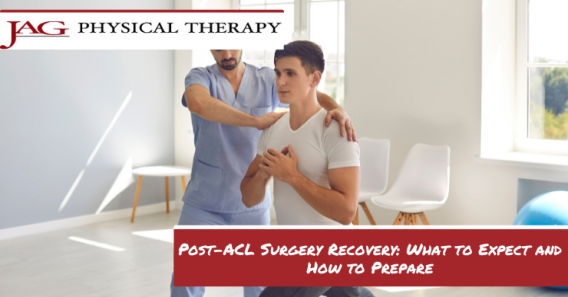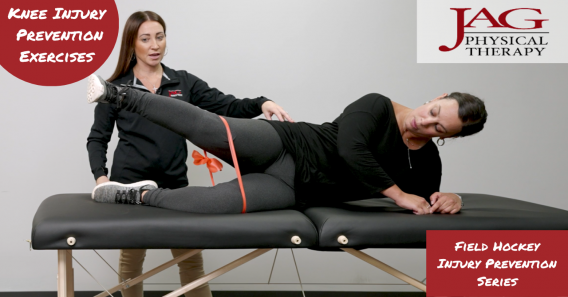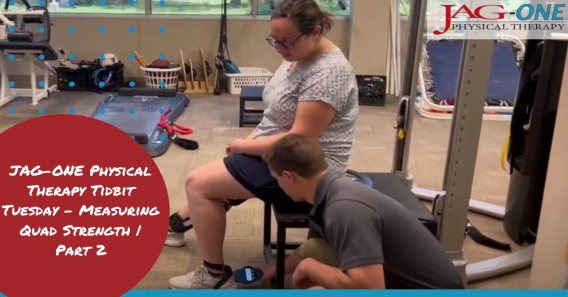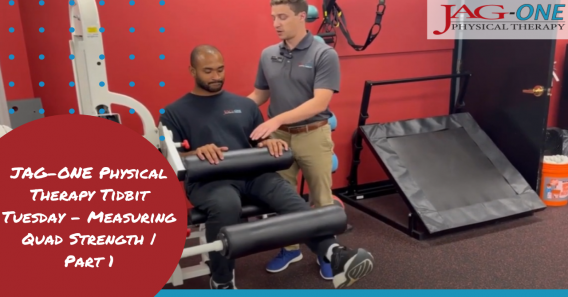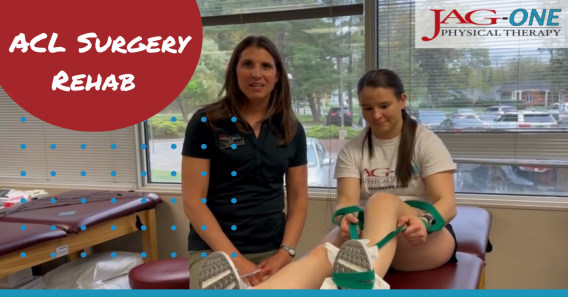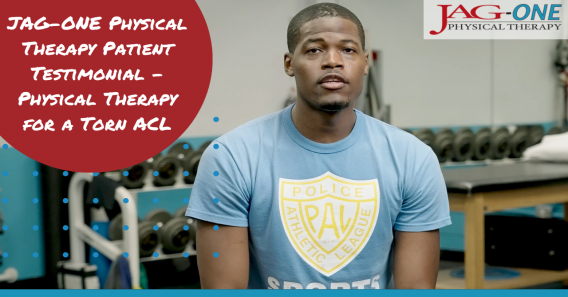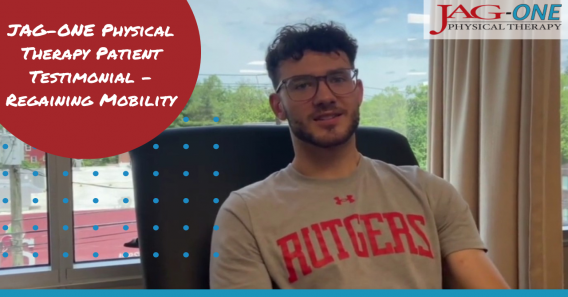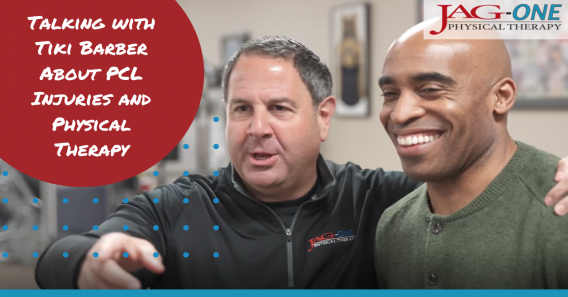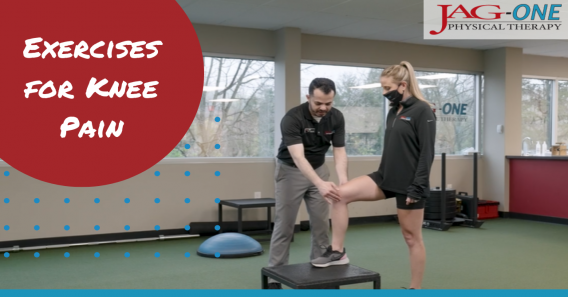Not all joint pain comes from an injury sustained while the body is in motion. In fact, one leading cause of knee pain in particular is inactivity. Many people today – including students, professionals, and older adults – have sedentary lifestyles, which come with risks of musculoskeletal symptoms. If you are seated for most of the day at work, in class, or at home, you will probably notice such symptoms in your knees. Poor posture and muscle imbalances are common issues that can exacerbate this kind of knee problem. And even though there may be no damage to the tissue, knee pain from sitting can affect your quality of life in ways such as disrupting sleep and causing you to forego physical activities.
Luckily, since inactivity is the cause of this issue, getting physically active in the right way can easily relieve such symptoms. But you may be unsure of where to start, or concerned about making the pain worse. That’s why JAG Physical Therapy – New York, New Jersey, and Pennsylvania’s PT source – always provides each patient with a custom exercise and rehabilitation plan. Schedule your appointment now to get relief from your sitting-related knee symptoms or read more on the best types of exercise for this condition below.
Why Does Sitting Cause Knee Pain?
In contrast to many other joints, the knees are much less likely to be damaged by simple wear and tear. They are built to consistently be in motion no matter your age. Long-term sitting is therefore an unnatural state for the knee joints. Other lifestyle factors many people deal with play a role, including having less than ideal posture, frequent leaning due to screen use, and using a chair or desk that is at an improper height. Specifically, when in a chair, you should be able to put your soles flat on the floor and your knees should be just slightly below hip height. Any other sitting position than this, and your knee joints will be strained even if you do not feel it at the moment.
If there is an issue with your body mechanics or your musculature or other systemic problems, you may also feel pain in your knees as a secondary effect. For example, if you have hip flexors that are shortened or inflamed, weakness in your quadriceps, or poor circulation in your legs, all of these could contribute to the problem.
What Are the Best Stretches to Reduce Knee Stiffness from Sitting?
You will want to use a well-rounded lower body stretching routine to prevent your knees from getting uncomfortably stiff after sitting. Remember that the knee joint is surrounded by a number of muscle groups, so none of them should be neglected. Some of the best knee pain stretch options include:
- Chair Seated Hamstring Stretch: Since this stretch is done from a chair, it will help you assume better sitting posture over time as well as loosening the hamstrings. Start by sitting as close as possible to the edge of the chair, shoulders relaxed and back straight. Extend one foot straight out with the heel on the floor, then lean forward by moving only your hips, not your back. You’ll feel a stretch in the back of the thigh. Hold for up to 30 seconds, then alternate and repeat.
- Floor Seated Pulling Quadriceps Stretch: Sit on the floor with your legs straight out in front of you, then bend one knee, bringing the foot back towards your buttocks. Reaching back with the near hand, grasp your ankle and pull your foot up towards your body, holding for up to 30 seconds before switching legs and repeating. The stretch for this exercise will be in the front of your thigh – and you may surprisingly feel it working on both legs at the same time.
- Calf Stretch: This simple stretch is great for the calf muscles as well as the knees and ankles. Sit down on the floor, one knee bent with the foot on the floor and one leg extended, toes pointed straight up. Reach forward to grab the extended foot by the toes and gently pull back until you feel the stretch, holding for about 15 seconds before alternating. You can use a rolled-up towel or any other equipment at hand to stretch the foot instead of just your hands.
- Kneeling Hip Flexor Stretch: As the hip flexors are the location of much of the tension that causes knee pain from sitting, keeping them loose and lengthened is crucial. To stretch these muscles, kneel on one knee with the other knee bent, foot flat on the floor. With your back straight and head held up, lean forward with your hips until you feel a stretch, holding for 15 to 30 seconds before you switch the position of your legs.
Which Strengthening Exercises Help Prevent Knee Pain When Sitting?
The legs contain some of the largest and strongest muscles in the body, and one function that is common to these powerful muscle groups is providing structural support for the knee joint. The quadriceps, hamstrings, and glutes all have this role, to varying degrees – but all are important for smooth, painless knee functioning.
Therefore, you should consider a variety of strengthening exercises to improve the stability of your knee joint. Lower body exercises can be done very effectively against just bodyweight, so there is no need to worry too much about equipment. Simple seated leg raises, for example, are one of the best exercises you can do for this purpose as long as you perform them daily and consistently. Bodyweight squats and the similar, more static wall sits can greatly increase the amount of support the knees get over time. You should also perform quadriceps isometrics or quad sets for these massive and highly important muscles, as well as ankle pumps to promote proper blood circulation throughout the legs.
When Should You See a Physical Therapist for Knee Pain?
Sometimes, knee pain resulting from sitting is minor enough that thoughtful changes to your routine – minding your posture, performing the above exercises, and cutting down on the time you remain seated – can alleviate it. However, under many circumstances, you should seek professional treatment for your knees.
Signs you should watch out for include pain worsening over time, swelling or redness visible in the kneecap, feeling instability (like your knee could buckle) when walking or running, and any symptoms that get in the way of work, school, or daily activities. In these cases, physical therapy will be helpful because the root cause of the pain is likely complex or more serious than just being sedentary. Only by dealing with these potential causes with various PT methods will you be able to relieve your symptoms.
Find Lasting Knee Pain Relief with JAG Physical Therapy
At JAG Physical Therapy, our goal is always to give you the best treatment plan for your specific condition so that you can reduce or eliminate your pain and move better. We have a great deal of experience treating all types of knee joint conditions, from muscle weakness and tightness to patella femoral syndrome, ACL and meniscus tears, and other injuries. Book an appointment at your nearest location today to begin healing your knees and improving your lower body health.





